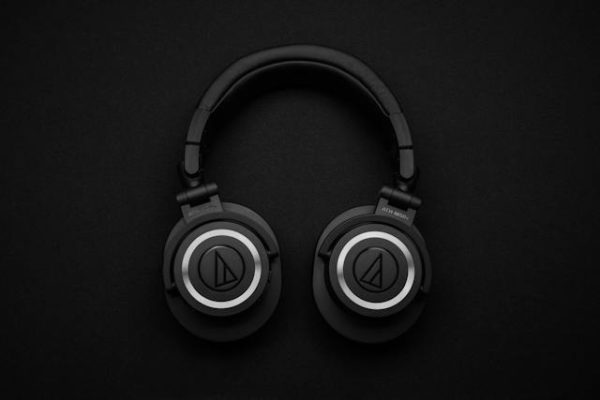Maintaining effective communication is incredibly important for broadcasters. Whether you’re a podcaster, radio host, or live streamer, choosing the headphones plays a role in ensuring the quality of your production. In this post, we’ll explore the factors to consider when selecting headphones specifically for broadcasters.

1. Superior Sound Quality
One of the aspects to look for when searching for broadcasting equipment is excellent sound reproduction capabilities in headphones. Opt for models that offer a balanced frequency response over a range. This guarantees hearing of all frequencies, allowing you to make decisions about audio-level editing and post-production tasks.
2. Closed-Back Design
Broadcasters often operate in environments where external sounds can interfere with their ability to focus on cues and contributions. Closed-back headphones are designed to minimize noise by isolating your ears from the surroundings. This feature enables you to concentrate on the content being recorded or streamed without any distractions caused by noises.
3. Comfortable Fit for Prolonged Use
Since broadcasters often wear headphones for longer periods, it’s crucial to prioritize comfort when selecting a pair. When searching for headphones, it’s important to look for models with ear cups and an adjustable headband. These features ensure a fit without causing any discomfort or fatigue during extended use.
4. Durability and Portability
Durability and portability are factors to consider when purchasing headphones for broadcasters who are often on the move. It’s recommended to choose well-built models made from materials that can withstand daily wear and tear as well as frequent travel without compromising performance or functionality.
5. Wired vs Wireless Options
While wireless technology has brought advancements to broadcasting equipment, wired headphones still offer a connection. With numerous available options, you don’t have to worry about battery life or potential signal quality issues caused by interference.
6. Versatility in Connectivity
When making your choice, consider headphones that provide versatility in connectivity. Look for options such as 3.5mm headphone jacks, USB C ports, or even Bluetooth capabilities. This flexibility ensures compatibility with devices like laptops, smartphones, tablets, and audio interfaces.
7. Audio Monitoring Features
Some headphone models come with monitoring features that can greatly benefit broadcasters. These features may include volume controls, mute buttons, and removable cables for added convenience during production.
8. Brand Reputation and User Reviews
Researching the reputation of brands and reading user reviews can give you insights into the overall quality and performance of specific headphone models. It’s worth taking the time to go through feedback from broadcasters or content creators who have actually used the headphones you’re interested in. Hearing about their experiences can help you make a decision.
9. Budget Considerations
Setting a budget is crucial when shopping for headphones for broadcasting purposes, like with any investment. Determine a range that suits your needs while also considering that expensive options often come with additional premium features that can enhance your overall broadcasting experience.
10. Noise-Canceling Features
Aside from having a back design, headphones with active noise canceling (ANC) features provide an extra layer of isolation from background noise. ANC technology uses microphones to analyze and counteract sounds, allowing broadcasters to focus effectively on their audio content without being distracted. This can be particularly useful for those working in noisy environments.
11. Consider Headphone Impedance
Another important factor to consider is headphone impedance, especially if you plan on connecting your headphones to equipment like mixers or interfaces.
Headphones with impedance are generally more compatible with devices like laptops or smartphones, whereas models with impedance often require dedicated headphone amplifiers for the best performance. Knowing the impedance of your desired headphones will help you make the connections and ensure compatibility with your setup.
When selecting headphones for broadcasting, it’s important to consider your preferences and specific needs. Each individual has requirements when it comes to equipment because broadcasting setups and environments can vary greatly. By making a choice based on factors such as quality, comfort, durability, connectivity options, and user feedback, you can enjoy an optimized experience and clear communication every time you use your headphones for broadcasting purposes.
 Gearfuse Technology, Science, Culture & More
Gearfuse Technology, Science, Culture & More


